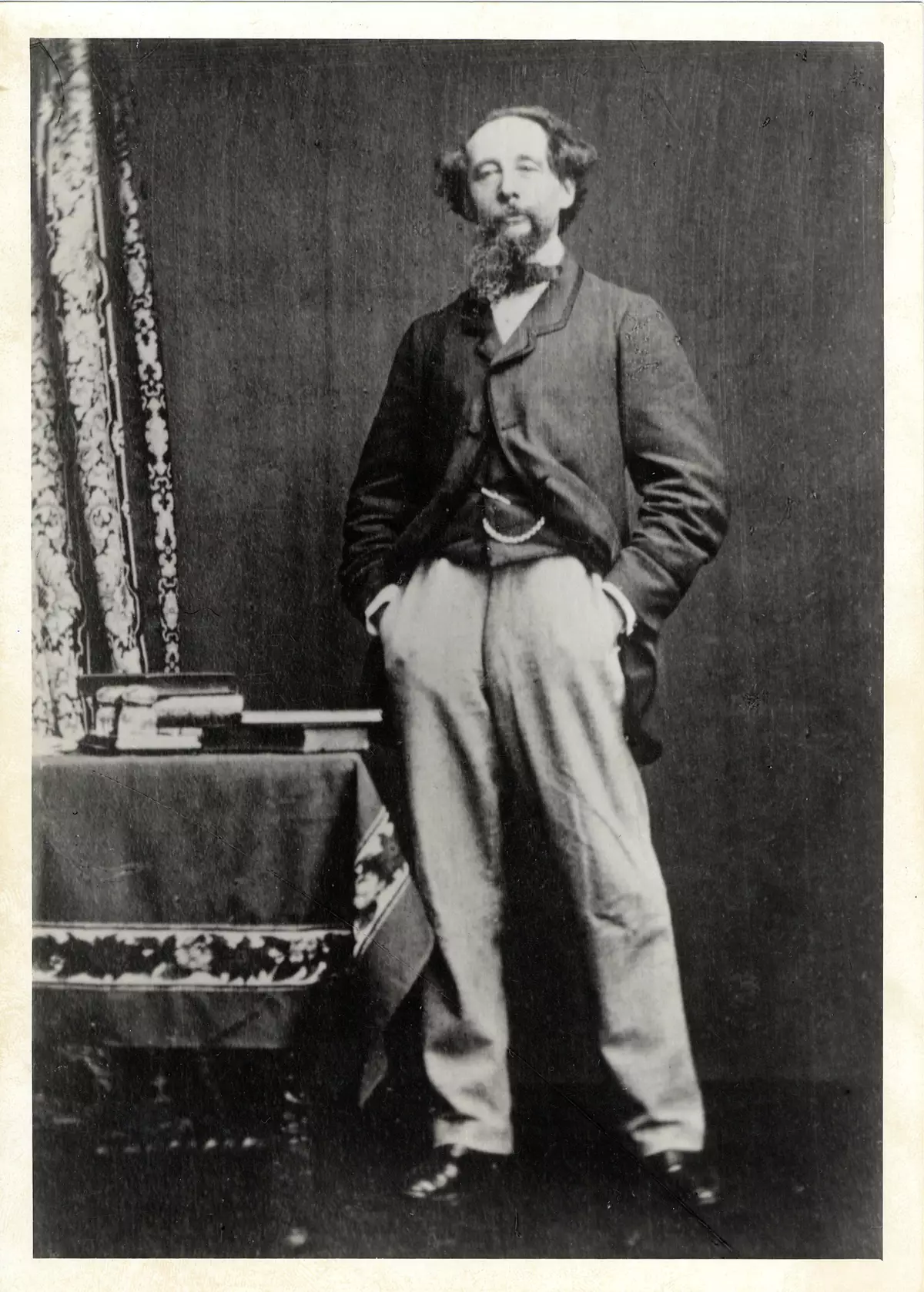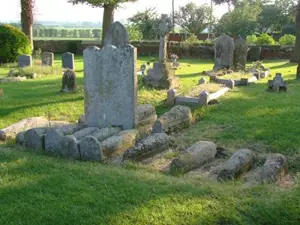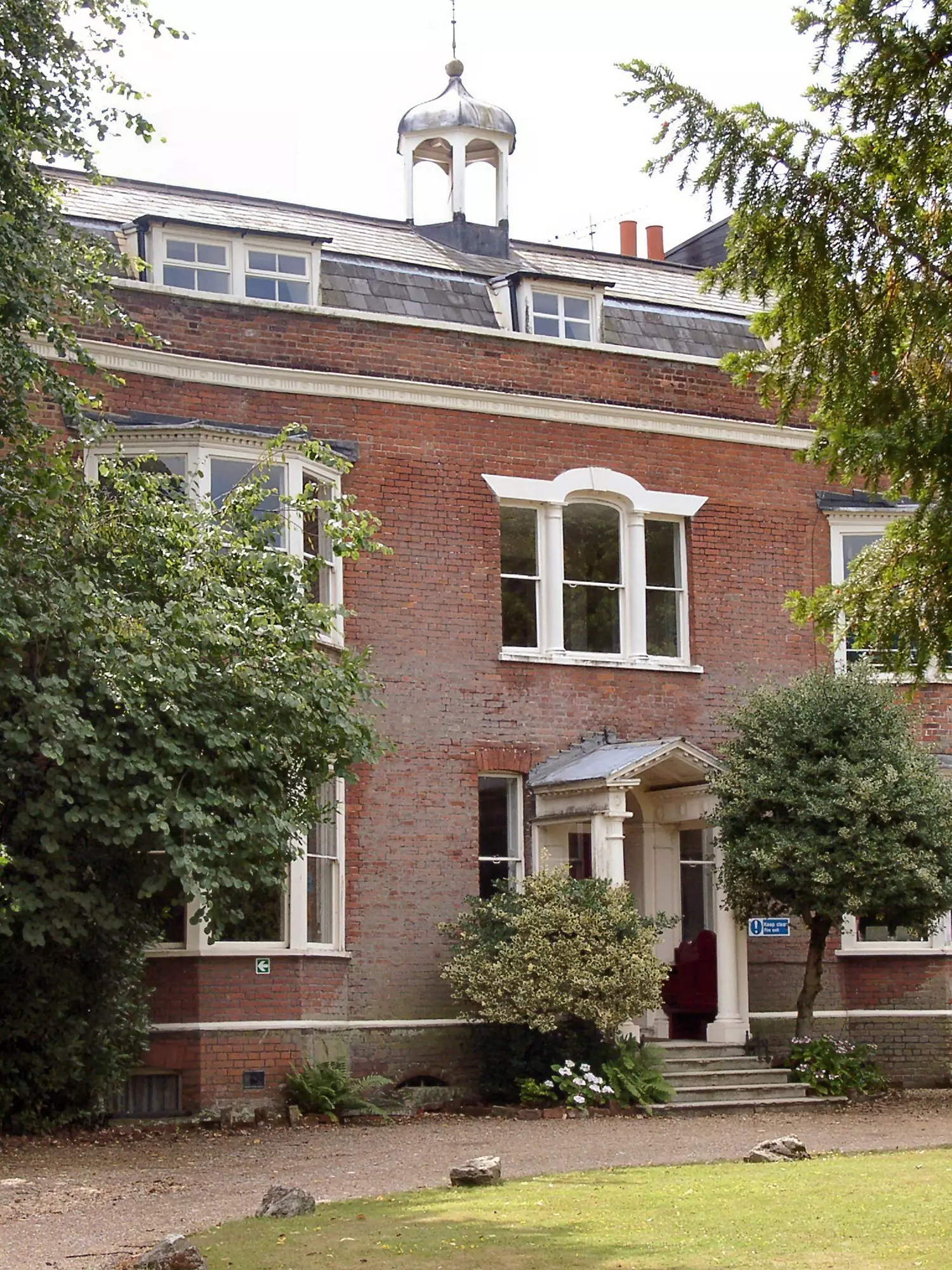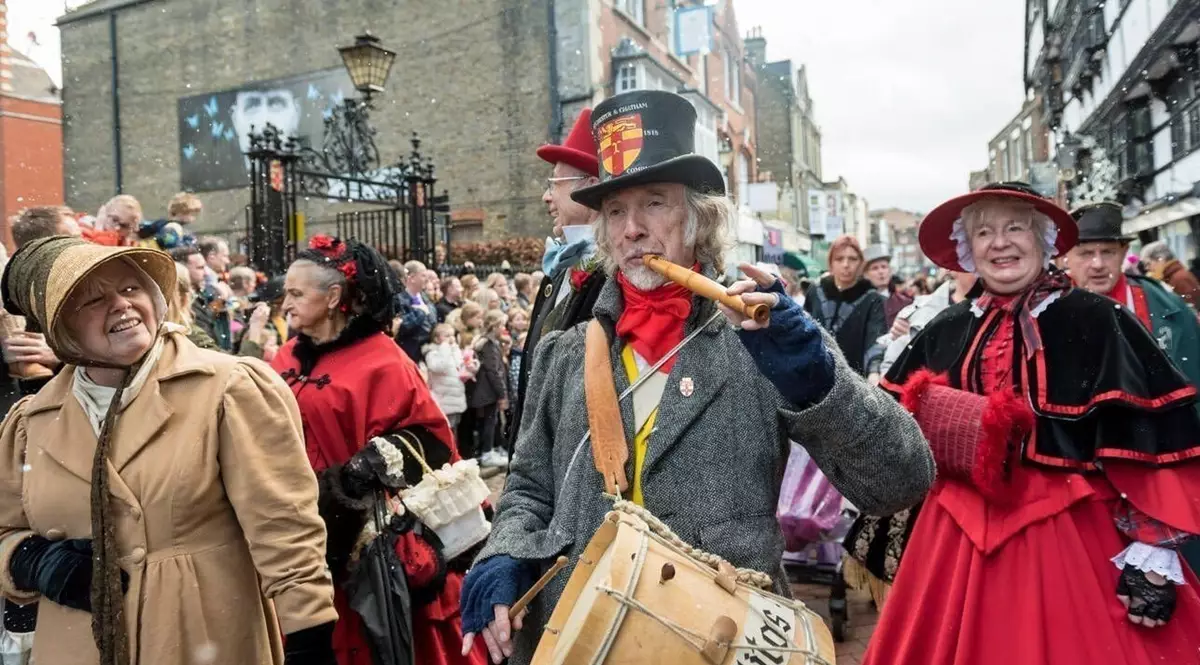In this feature, we explore some of the places in and around Medway associated with one of the greatest authors of all time.
Charles Dickens was born on the 7 February 1812 in Portsmouth. This English writer and social critic, created some of the world's best-known fictional characters, and his novels and short stories are still widely read today.

Charles Dickens 1812-1870
Charles Dickens' long association with Rochester and the Medway area began when he was a child.
The Dickens family moved to Chatham when he was only five years old. Charles' father, John, was originally a clerk in the Naval Pay Office in Portsmouth Dockyard. He was first transferred to London in 1816 and then to Chatham Dockyard in 1817.
During those informative years, the young Charles became very familiar with the Medway area, especially Rochester. So profound was the effect on his young imagination that Dickens used people and places he had seen as a boy, on long walks with his father, as characters and settings for his novels.
Whilst walking as a boy with his father, he often passed Gad's Hill Place, at Higham, near Rochester.
He hoped that one day he would own this fine 18th-century house. He realised his boyhood dream in 1856 when the house came up for sale, and he spent the last 14 years of his life there.
On this whistle-stop tour of places in and around Medway associated with Dickens, we hope to give you a flavour of the area and also, perhaps, a little insight into the mind of the great author and why he loved the area so much.
Our first starting point has to be Chatham Dockyard, now known as The Historic Dockyard Chatham, where John Dickens worked in the Naval Pay Office as a clerk in 1817.
The young Dickens would have been very familiar with the dockyard, where he would witness ships being built and launched. In 1861, he describes the sight and sounds of a ship being built for the first time out of iron (rather than wood).
In 1822, John Dickens moved on to London with not only a growing family but a reputation for bad debts accrued about the Medway towns, a path which eventually landed him in Marshalsea Prison for his debts.
This was a difficult time for the family, and young Charles would have to find work at Warren's blacking factory to help support the family. He later found employment as a clerk for a law firm before venturing into journalism, by the time he returned to Rochester, he was a successful author.
We now move on to Historic Rochester, a place that inspired the author so much that he featured it in his work more than any other city other than London. Many of the buildings that featured in the works of Dickens can still be seen today.
These include Restoration House, used in Dickens’ novel "Great Expectations" as the home of Estella and Miss Havisham, The Six Poor Travellers House, immortalised by the author in a Christmas short story; and the impressive Guildhall Museum on local history.
Nearby is Eastgate House, a grade I listed building that featured in the works of Dickens, and in the gardens, visitors can view the author's chalet that was once sited at his home at Gad's Hill Place in Higham.

HMS Gannet, The Historic Dockyard Chatham

St. James Church, Cooling
Dickens, like many novelists, is believed to have borrowed some of the names for his characters from headstones in local graveyards. One such example can be seen in the small cemetery between the cathedral and St. Nicholas Church. The fourth headstone to the left of the cathedral wall is a memorial to the Dorrett family, which may have served as the inspiration for the novel, "Little Dorritt".
A few miles from Rochester are the Hoo Peninsula and Cooling village. This marshland area is thought by many to be the origin of Pip's village and the opening chapter where Pip meets Magwitch the convict in "Great Expectations".
Sombre, lozenge-shaped tombstones can be seen in the churchyard of St James, near Cooling Castle, which Dickens used as inspiration for the graves of Pip's five brothers. In fact, there are 13 children's graves in all, belonging to just two families that lost several of their children to malaria.
Gad's Hill Place, Dickens' last home, was built in 1790 for the former mayor of Rochester.
Dickens made several changes to the house during the 14 years he lived there, a number of which still survive, including the restored conservatory and false bookcase on the inside of the study door. The house is now used as a school and is open to visitors on selected days throughout the year.
Opposite the house is the Falstaff Inn, named after Shakespeare's character. Dickens often drank there or had beer sent over. The landlord acted as a banker for him and regularly cashed his cheques.
Dickens died at Gad's Hill Place on 9 June, 1870 of a brain haemorrhage. He collapsed the day before following a particularly long day writing in his chalet in the garden. The chalet can be seen today in the gardens at Eastgate House in Rochester.
He wished to be buried at one of a number of Kentish locations, including Cobham and Shorne churches and the moat at Rochester Castle. His wish to be buried without ceremony did not come to pass; such was his popularity as Queen Victoria's favourite writer that he was buried at Westminster Abbey instead, his final resting place.

Gad's Hill Place, Higham
Rochester Dickensian Christmas
Get in the festive spirit by visiting the Rochester Dickensian Christmas Festival in Rochester.
Each year, the first weekend of December brings Victorian festivities to Rochester in the form of a Dickensian Christmas, where you can experience street entertainment, readings, song and dance.
You’ll be captivated by Dickens’ characters as you explore the literary journey that was the great writer’s life.
For more information, click here.
In Dickens' Footsteps
Discover more by taking a tour with Mr. Dickens around Rochester by watching this short video.
More Information...
On arrival in Rochester, why not call in to the Medway Visitor Information Centre and pick-up a copy of the "In Dickens Footsteps" walking trail with map for only £1.
Visit the Guildhall Museum's new permanent exhibition, "The Making of Mr. Dickens." An immersive journey through Dickens' life in Medway, focusing on the people and places that shaped his complex personal and public life and inspired him to write some of English literature's most beloved stories.
Plan your Visit
- Places to Stay
- Places to Visit
- What's On


